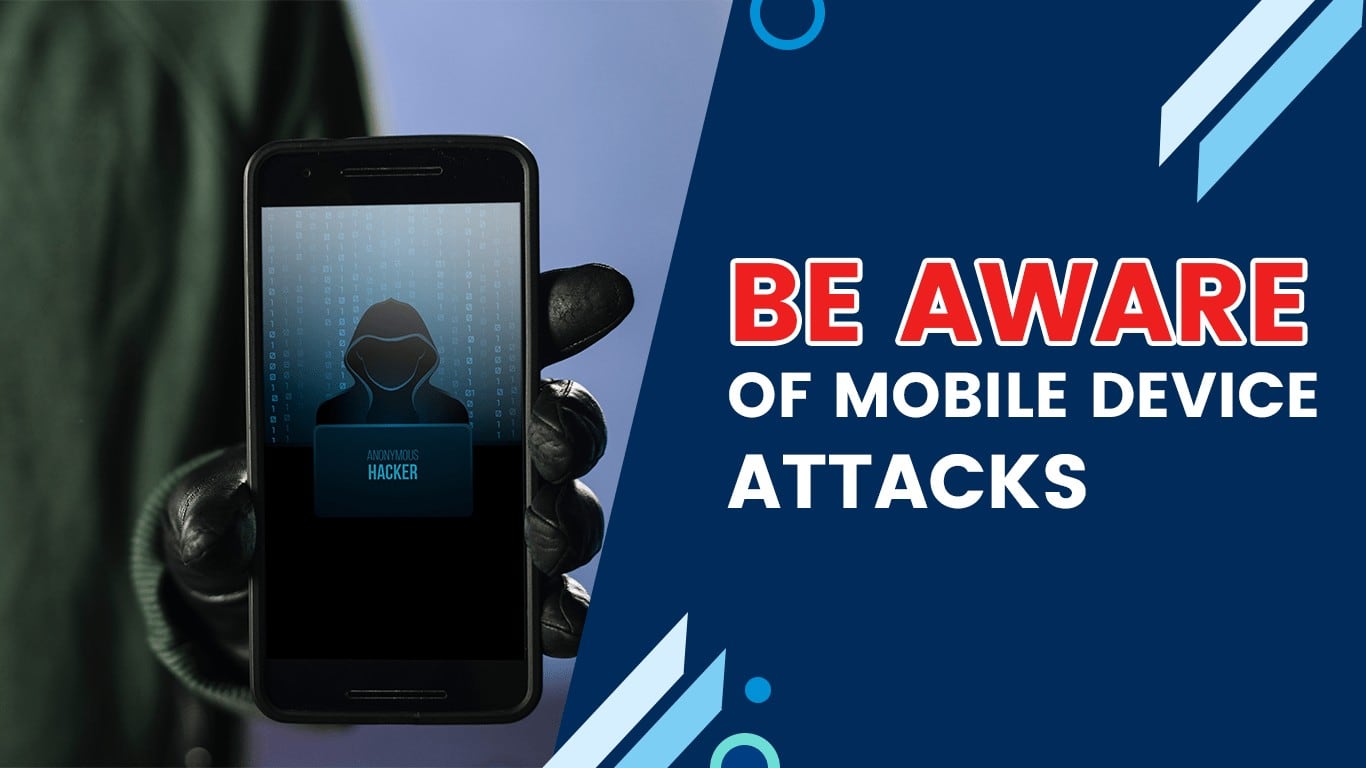Smartphones and tablets have been introduced as replacements for traditional telecommunication methods, such as landline phones or desktops in homes; they’re also preferred by many people when internet access isn’t available via their mobile device because it can be used anywhere without an outlet nearby!
An assumption is that Smartphones and tablets are not susceptible to threats, but the truth is that anything with a network connection is vulnerable. Perhaps in different ways to your desktop computer.
The bad news is that a whopping 36.5% of organizations were impacted by mobile malware in 2020, and this number might be higher now due to the recent outbreak! The even worse thing about all these attacks? More than 2 million people downloaded multiple adware apps without knowing what they were doing or why their phone was slower than ever before–and there’s no way for you (or us) to know which one was responsible for any given performance issue on our endpoints because each app blaming its lack-of sustainability elsewhere does just enough damage


It’s important to start treating mobile devices in the same way as you do computers when it comes to their security. Smartphones and tablets need the same types of security precautions in place, including:
It’s important to be aware of the most prevalent mobile device threats so you can protect your data. Here is a list that will surely help!
1. MOBILE MALWARE HIDDEN IN APPS
If you’re not an expert on apps, it can be tough to tell the difference between a helpful program and one that may have malware hidden inside.
You should be aware that scammers will use the same types of flashy graphics and even have an app with high star ratings (most likely boosted through suspicious means). But malware can be hidden in background to infect your device as soon it’s installed. And many apps on phone or tablet may hide themselves using common default system icons like settings/calendar.
Mobile malware can include all the same types of malware that can infect a computer, such as ransomware, adware, spyware, trojans, and more.
2. UNPROTECTED COMMUNICATIONS
Have you ever sent someone a password or credit card details over a text message or messaging app? Where you able to see if the communication was encrypted? Most often not, its just assumed as safe.
If the communication is not encrypted the information could easily be intercepted in transit.
3. PUBLIC WI-FI & MAN-IN-THE-MIDDLE ATTACKS
Public Wi-Fi has long been known to be nonsecure, yet people still use it when available. They want their mobile minutes saved or get faster connection than what they have at home; 75% of individuals admit that in order for them not break any security measures on public WiFi networks by connecting securely with an email client like Gmail while connected through this type service – even though there was no need!
If you’re out and about browsing websites or accessing email make sure your internet connection is secure first via using a VPN app so your data is encrypted, while not perfect hackers will often go for the low hanging fruit.
4. PUBLIC USB CHARGING STATIONS
A newer public mobile breach danger is USB charging stations. These are often welcome sights especially if you’re low on battery power. However, hackers can infect public USB charging ports with malware and set up fake charging stations in public areas.
Then, when you insert your USB cord to charge your device, the malware is interacting with your phone and possibly infecting it with malicious code. USB cables aren’t just for charging, they are also used for data transmission.
It’s best to avoid public USB charging ports and charge with your power adapter that plugs into an outlet instead. You can also buy a “charge-only” USB cord to use if USB charging is your only option.
5. Out-Of-Date DEVICES
Approximately 40% of Android devices are running outdated operating systems that no longer get vital security updates.
When you don’t keep your mobile device updated, then it’s easier for hackers to exploit a code vulnerability in the operating system or one of installed apps.
The number of employees who have outdated operating systems on their devices is concerning. With this being said, joining employee devices to your business wifi can put your network at higher risk.
Security patches are always a good thing, and it’s important to make sure you have all of them! Once again make sure the update is as intended and from a trusted source.



